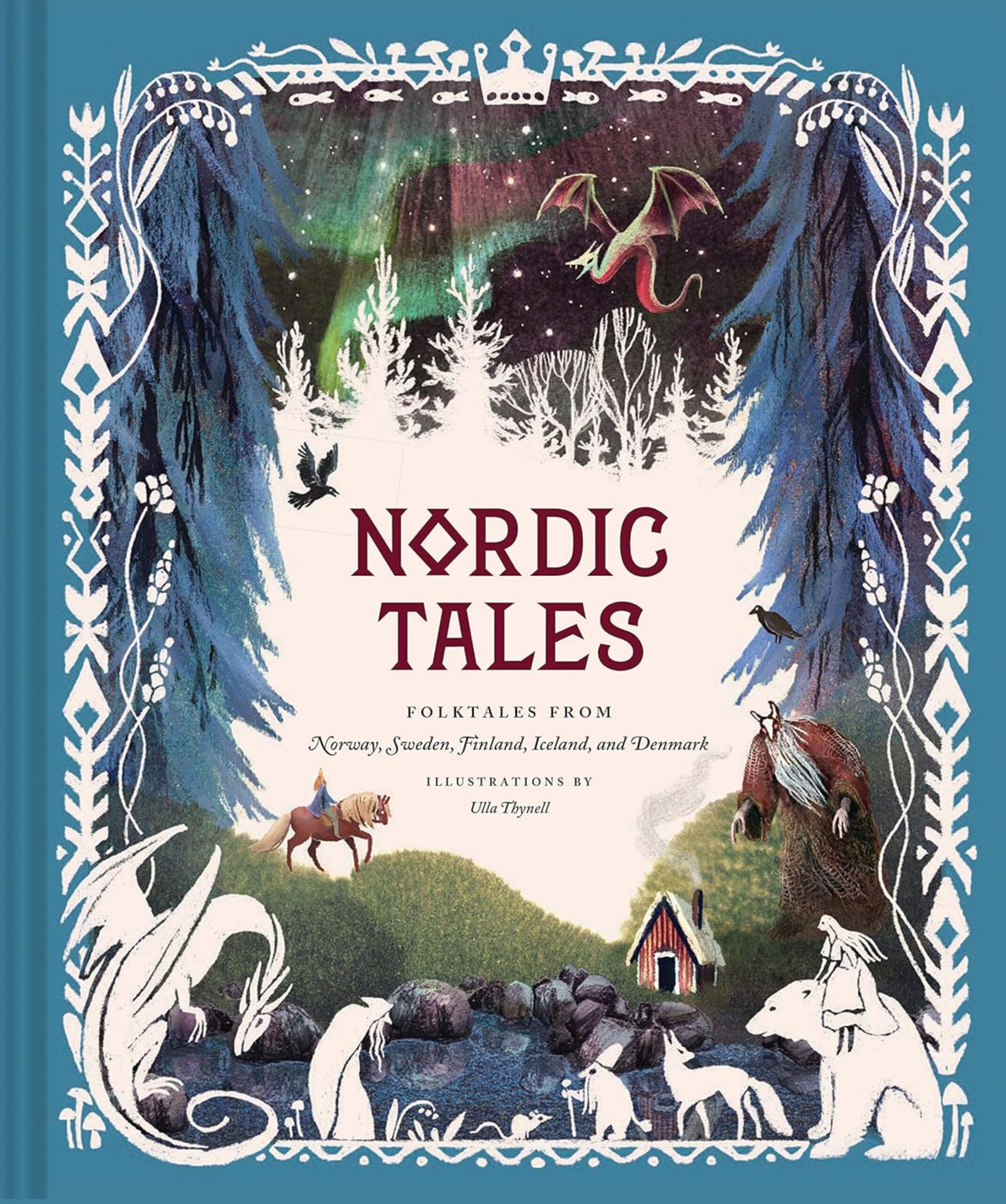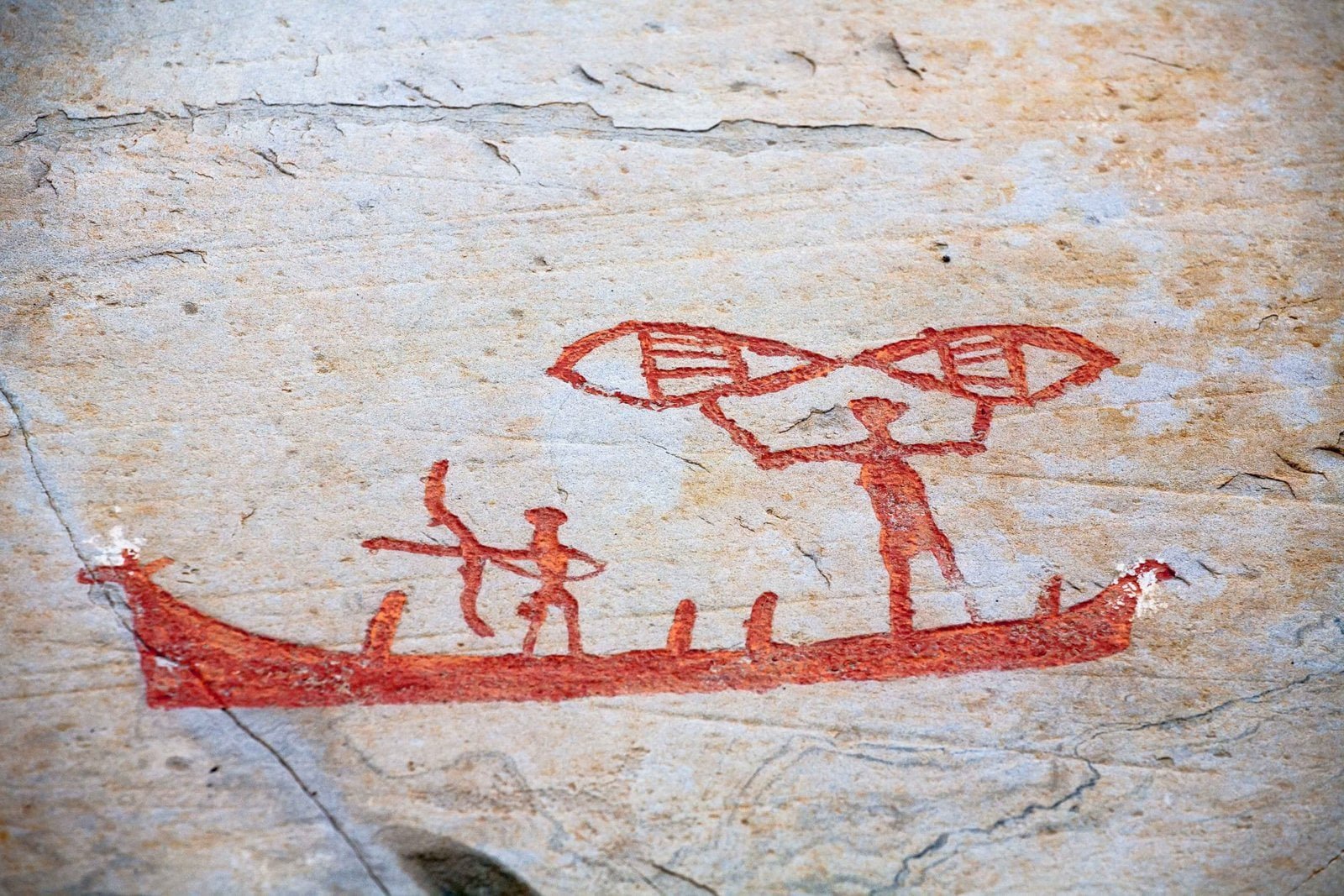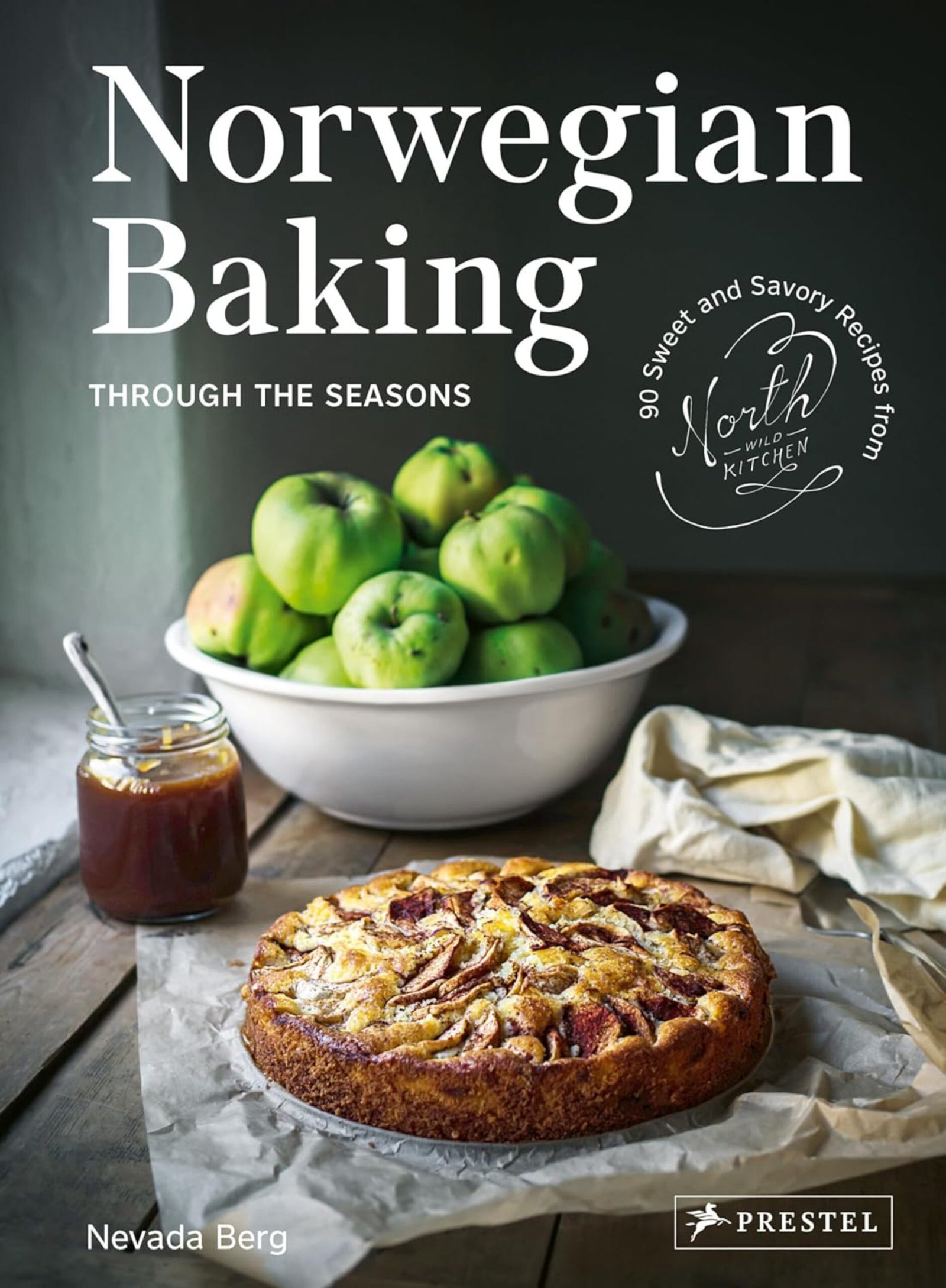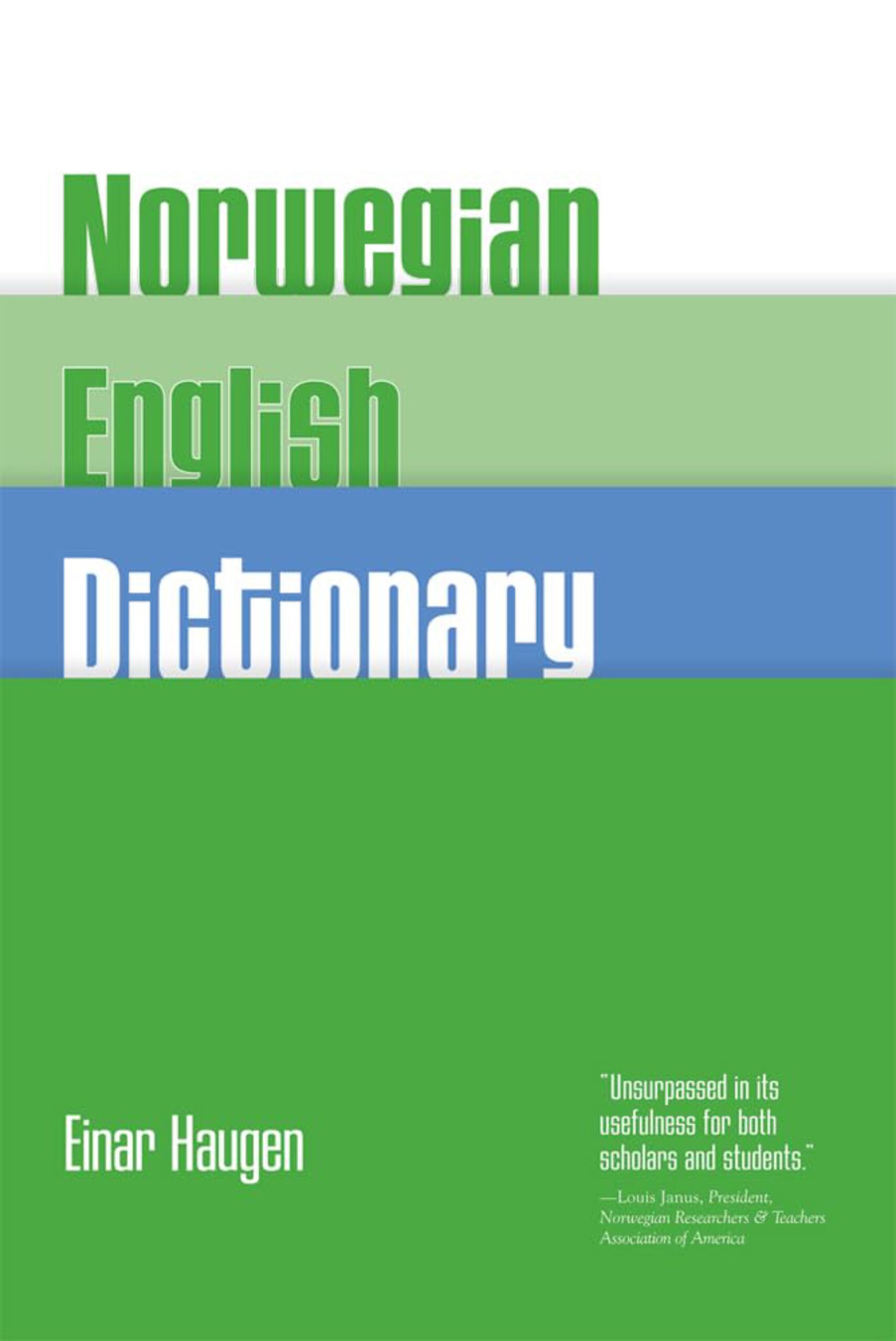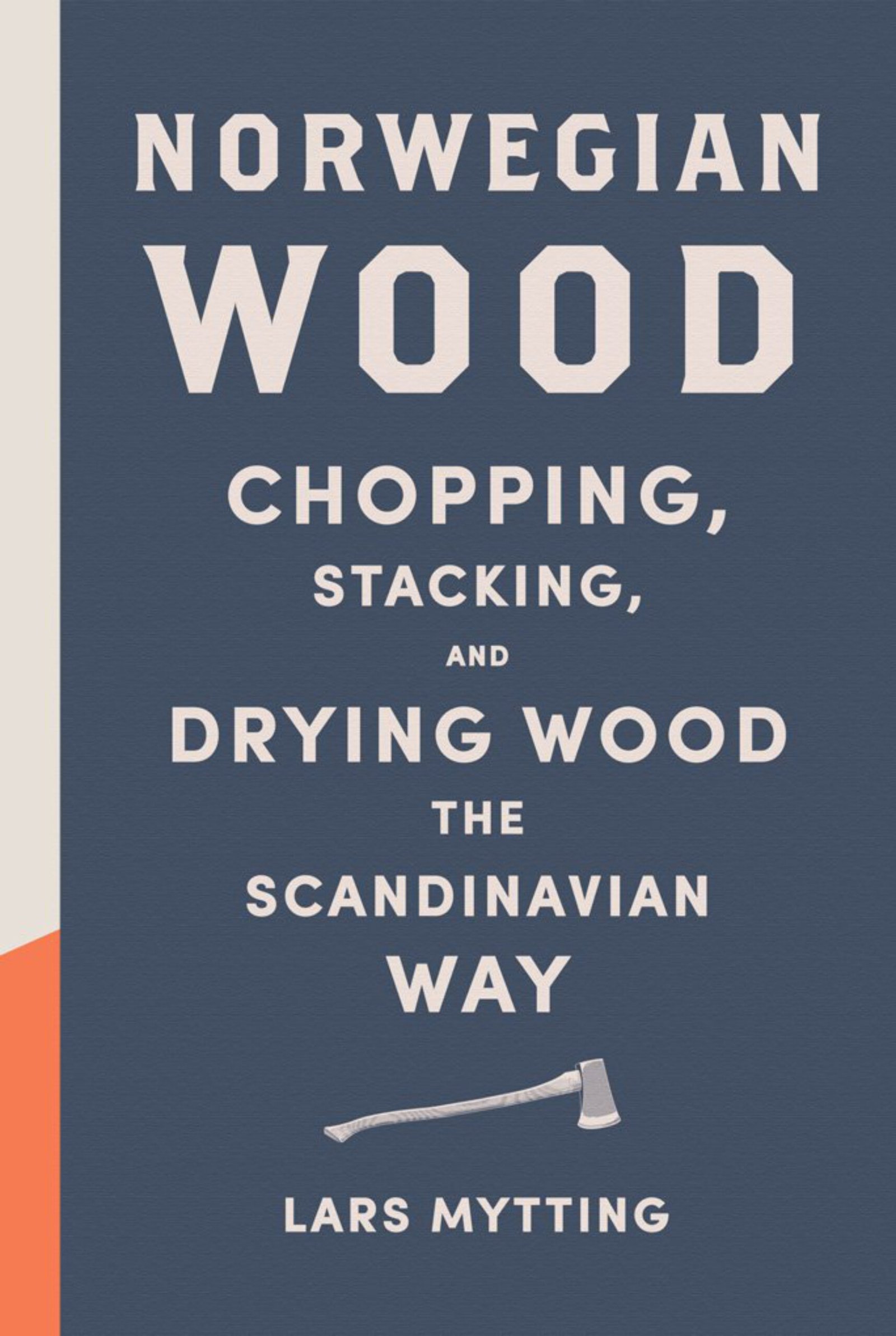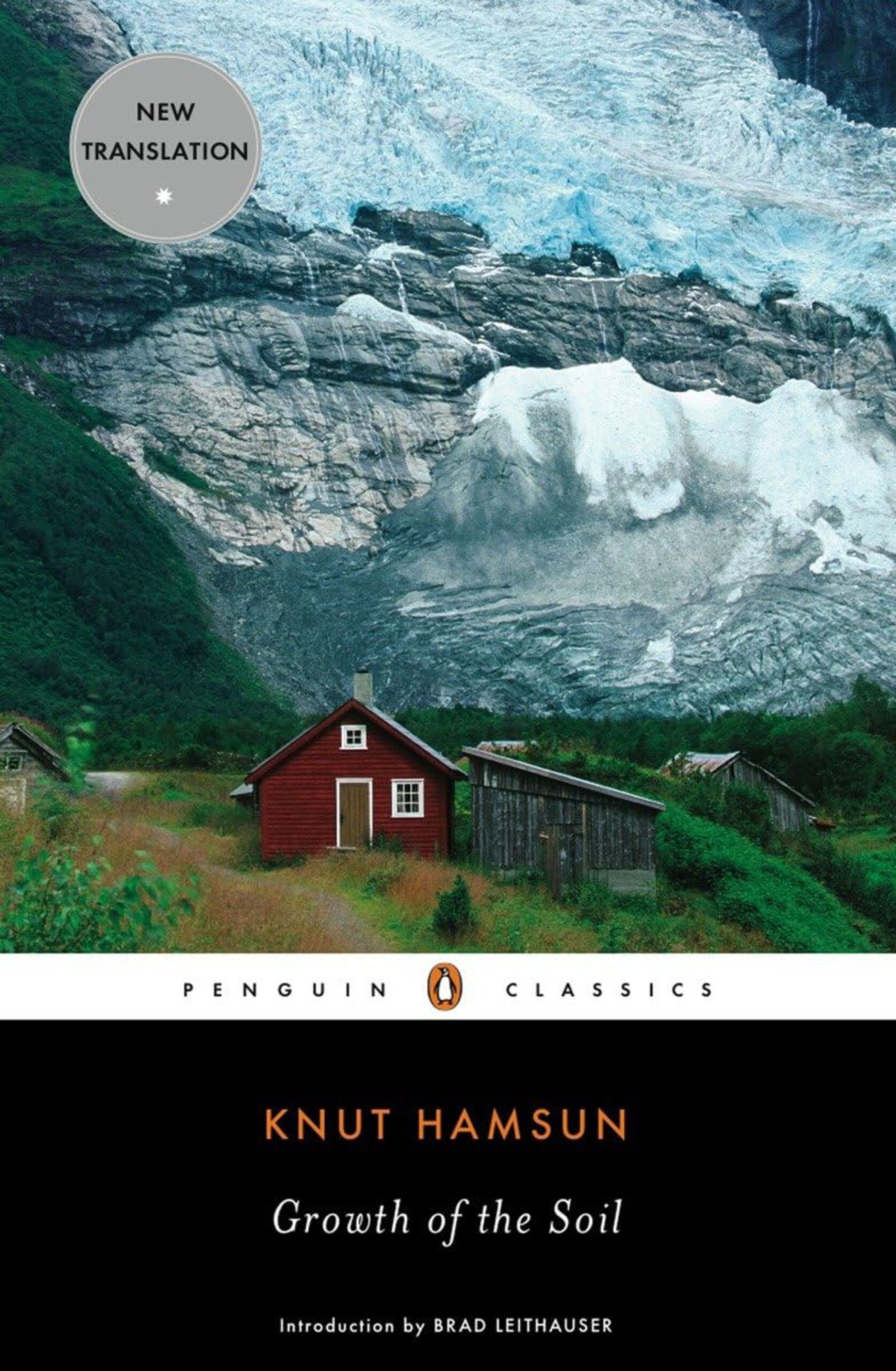The early people were hunters and gatherers, and they moved with the seasons and the availability of what Mother Nature had on offer. Except for the knowledge of how to survive, they brought little with them other than simple tools and weapons – and the clothes they were wearing. Everything else they needed to thrive, had to come from the land surrounding them.
Finding enough food every day, demanded a cunning plan, lots of experience, and lots of luck.
Not always the food that they wanted
For millennia, people ate the food that was available to them. This was not always the food that they wanted – or food that had the required level of nutrients. But, if they wanted to survive, eating was not a matter of choice.
The climate
The Norwegian climate is harsh; with long, cold winters – and short, intense summers. During the winter, the ground is often frozen and covered by a thick layer of snow.
Fishing and hunting provided food all year round. However, most plants, nuts, and berries were only available during a few summer and autumn months.
Securing the daily need for food under such conditions was arduous work – even when there was lots of available prey.
Agriculture and the domestication of animals
Living from day to day is a vulnerable existence. It was only natural that people started to explore ways to secure their food supply in a more predictable way.
The introduction of agriculture – in this part of the world some 4,000-5,000 years ago – was a great leap forward. From this point onwards, grain was a significant ingredient in the diet. When handled properly, it is an almost non-perishable commodity, storable for several years if necessary.
An annual cycle
Throughout the millennia, the Norwegians developed an annual cycle of food gathering. During summer and autumn, people harvested both the cultivated and non-cultivated land. They put the food into their storage houses – the stabburs – and frost-free cellars.
From the milk provided by the domesticated animals, people made cheese and butter. And the ocean, rivers, and lakes were equally important food sources; providing fish and other seafood.
When the winter came, there had to be enough food to tide people over, until next spring and early summer.
Rich and poor
When a more structured society developed, it was also a matter of being rich and poor. As the population increased and people started monopolising the use of the land, life became increasingly difficult for those who owned nothing.
However, Norway’s general and historical freedom to roam gave people some fundamental rights – regardless of land ownership. Such universal rights did not go as far as to include access to other people’s cultivated land and its crops – but it did include the resources of the outfields: the mountains and the forests. In many places, non-landowners had the right to let their domesticated animals graze there, collect firewood, hunt, fish, go berry-picking and so on.
Harvesting the vast ocean outside Norway’s intricate and long coastline was always free for all.
Famine
Today – thanks to the discovery of oil – Norway is one of the wealthiest countries in the world. But it was not always like this. All through history, the Norwegians also experienced periods of famine and difficulty – with deaths and illnesses as a result. If the crops failed several years in a row – any surplus from previous years would soon be gone.
